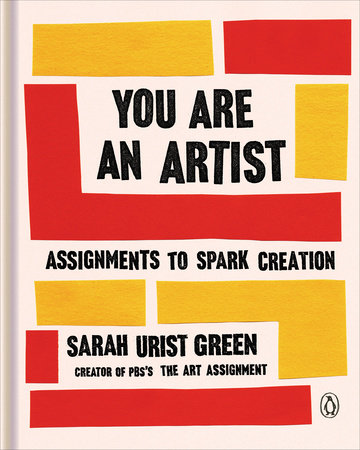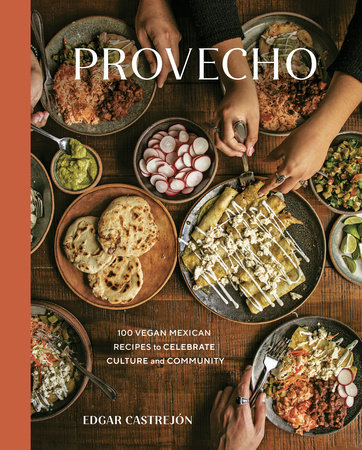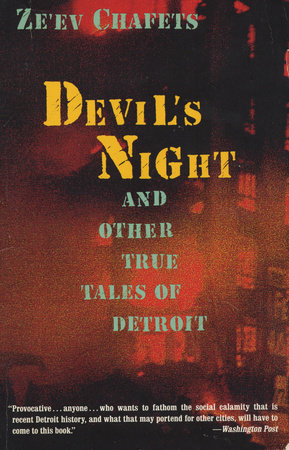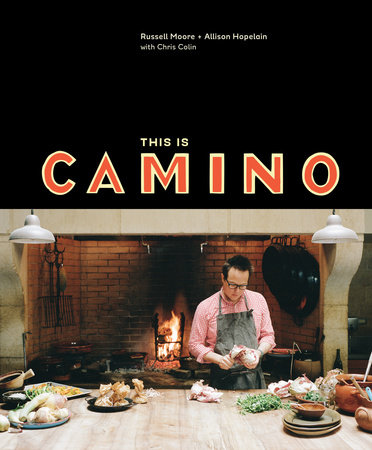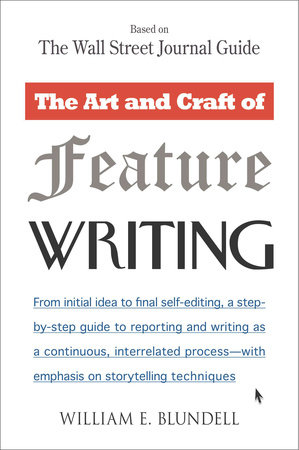

The Art and Craft of Feature Writing

-
$18.00
Published on Nov 29, 1988 | 272 Pages



Published on Nov 29, 1988 | 272 Pages
Author
William E. Blundell
William E. Blundell was a news editor at the Wall Street Journal, where he was a reporter, page-one writer, Los Angeles Bureau chief, and national correspondent. He won the Mike Berger Award, granted by the trustees of Columbia University, for distinguished metropolitan reporting in New York; the Ray Howard Public Service Award of the Scripps-Howard Foundation, and the Distinguished Writing Award for non-deadline feature writing, granted by the American Society of Newspaper Editors.
Learn More about William E. Blundell